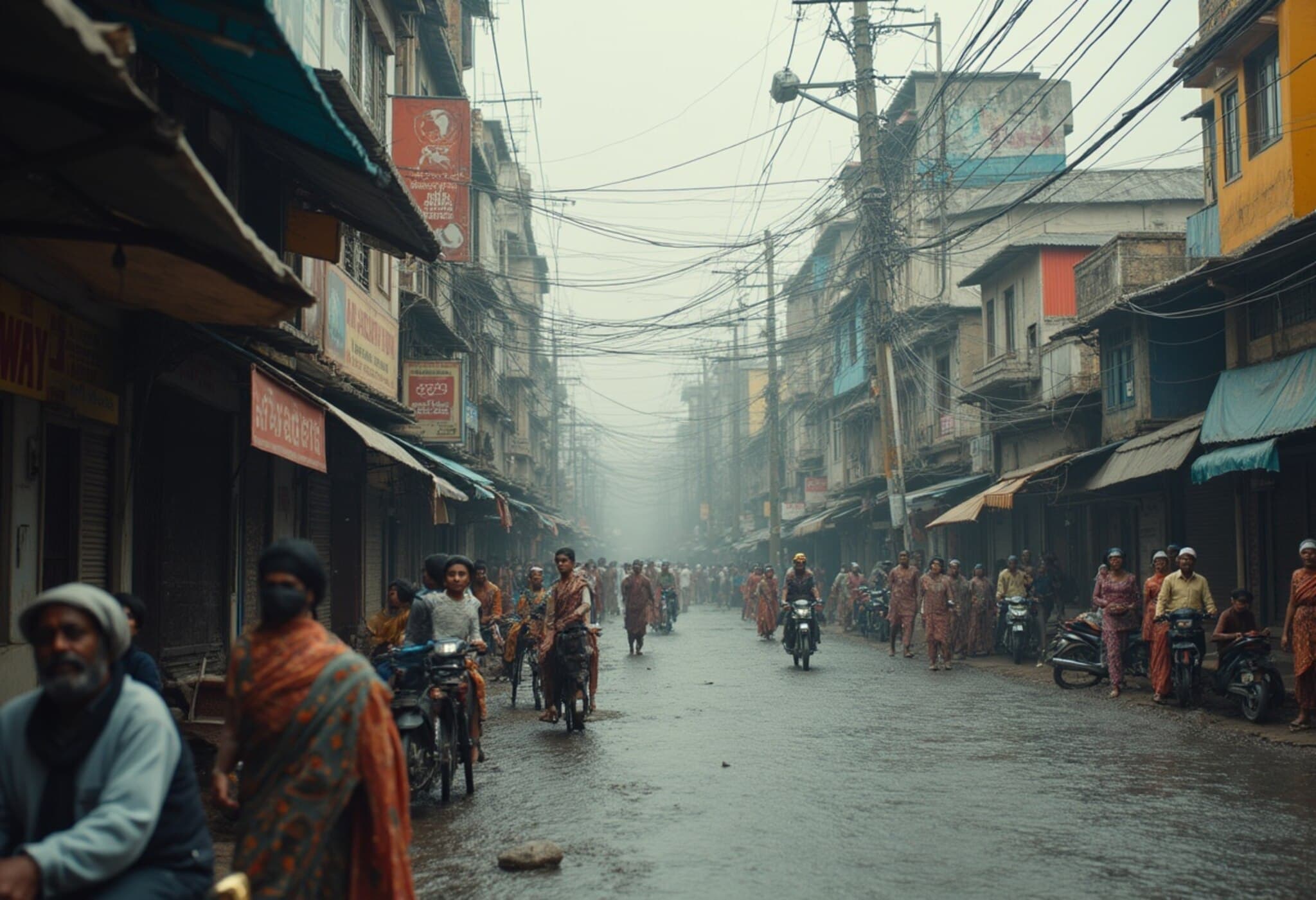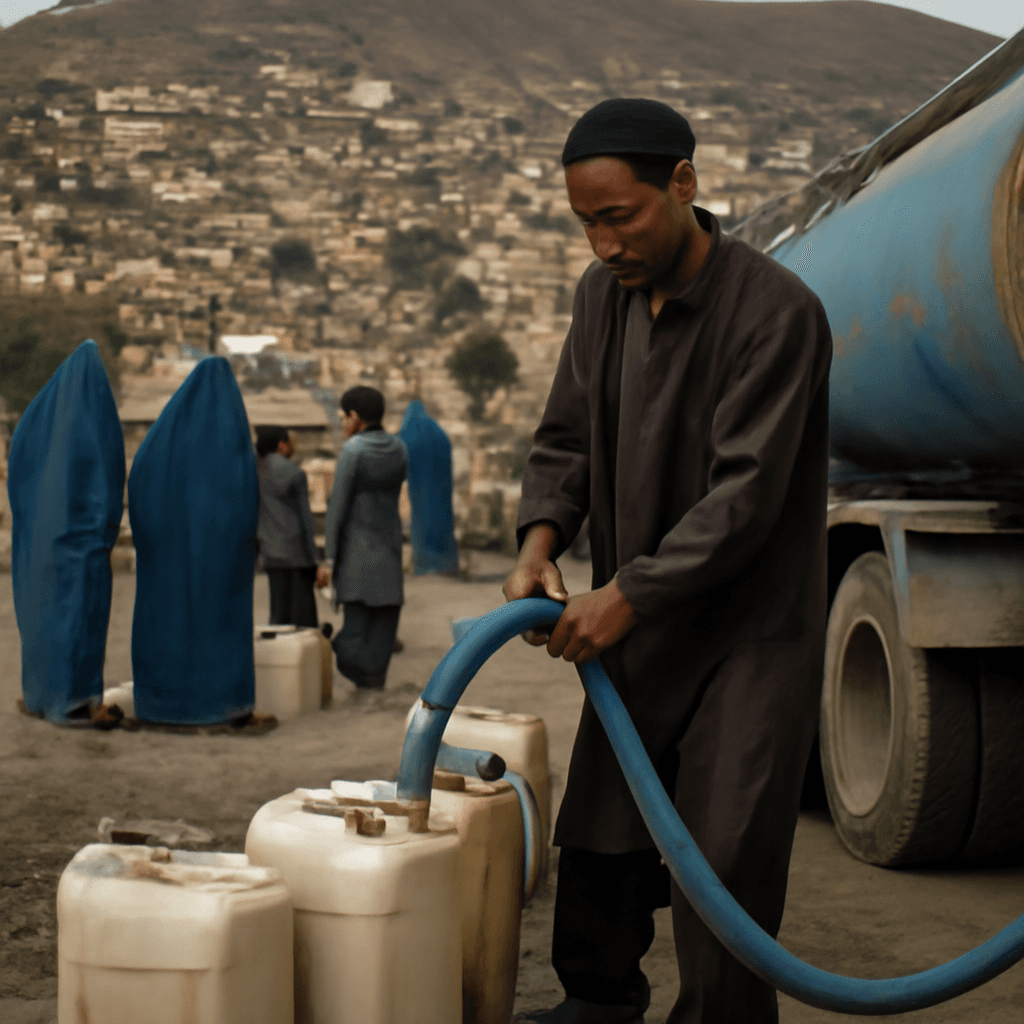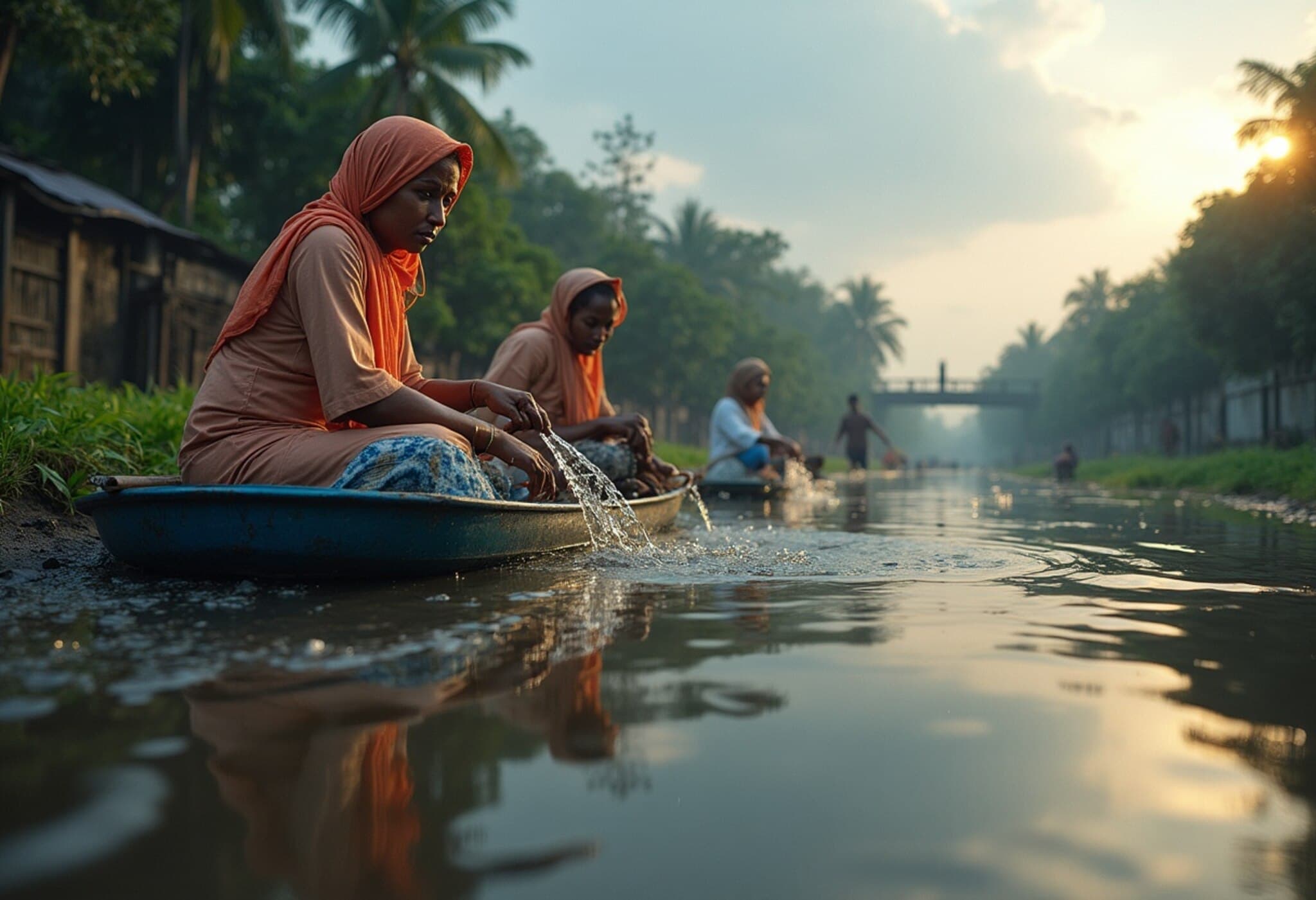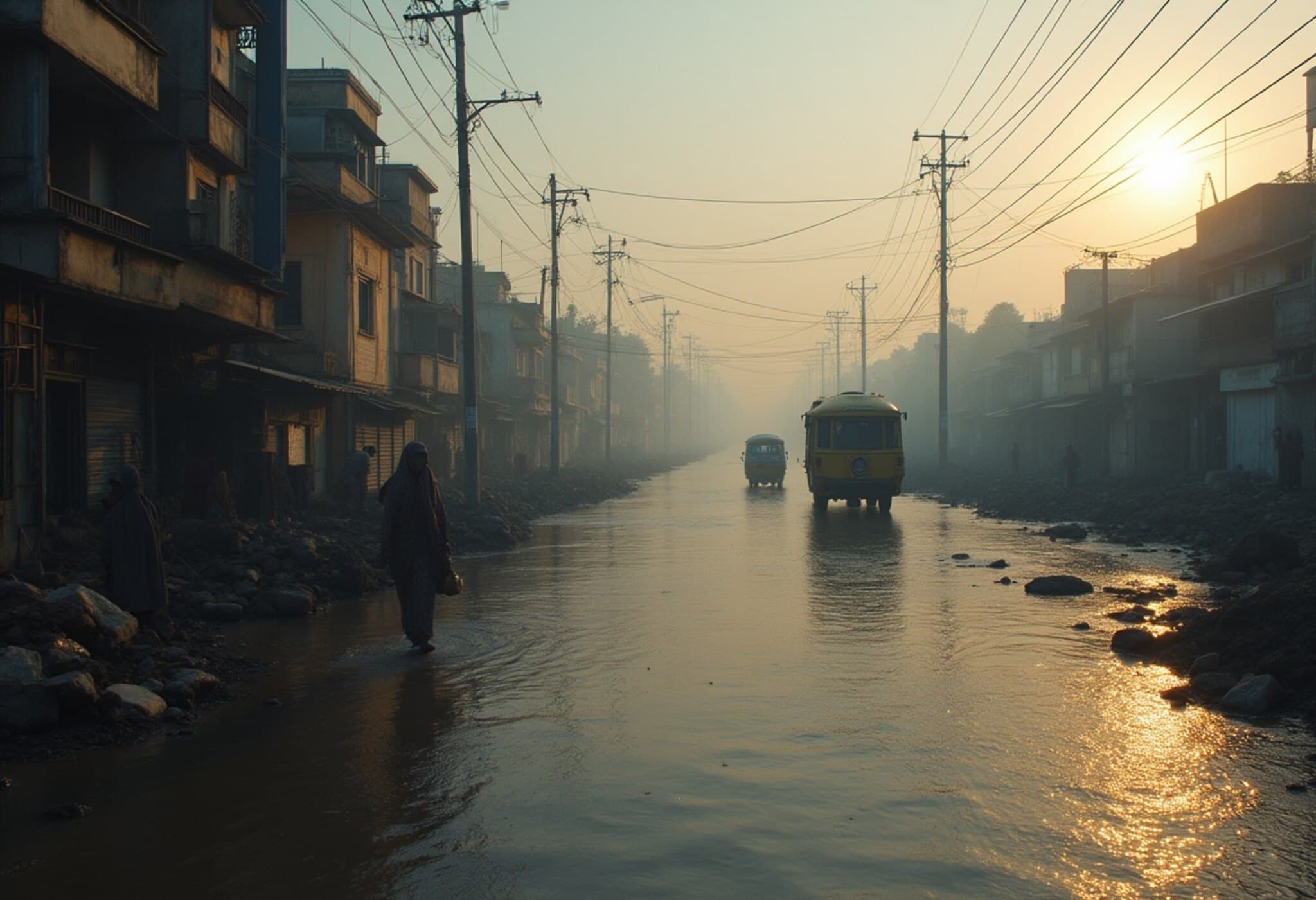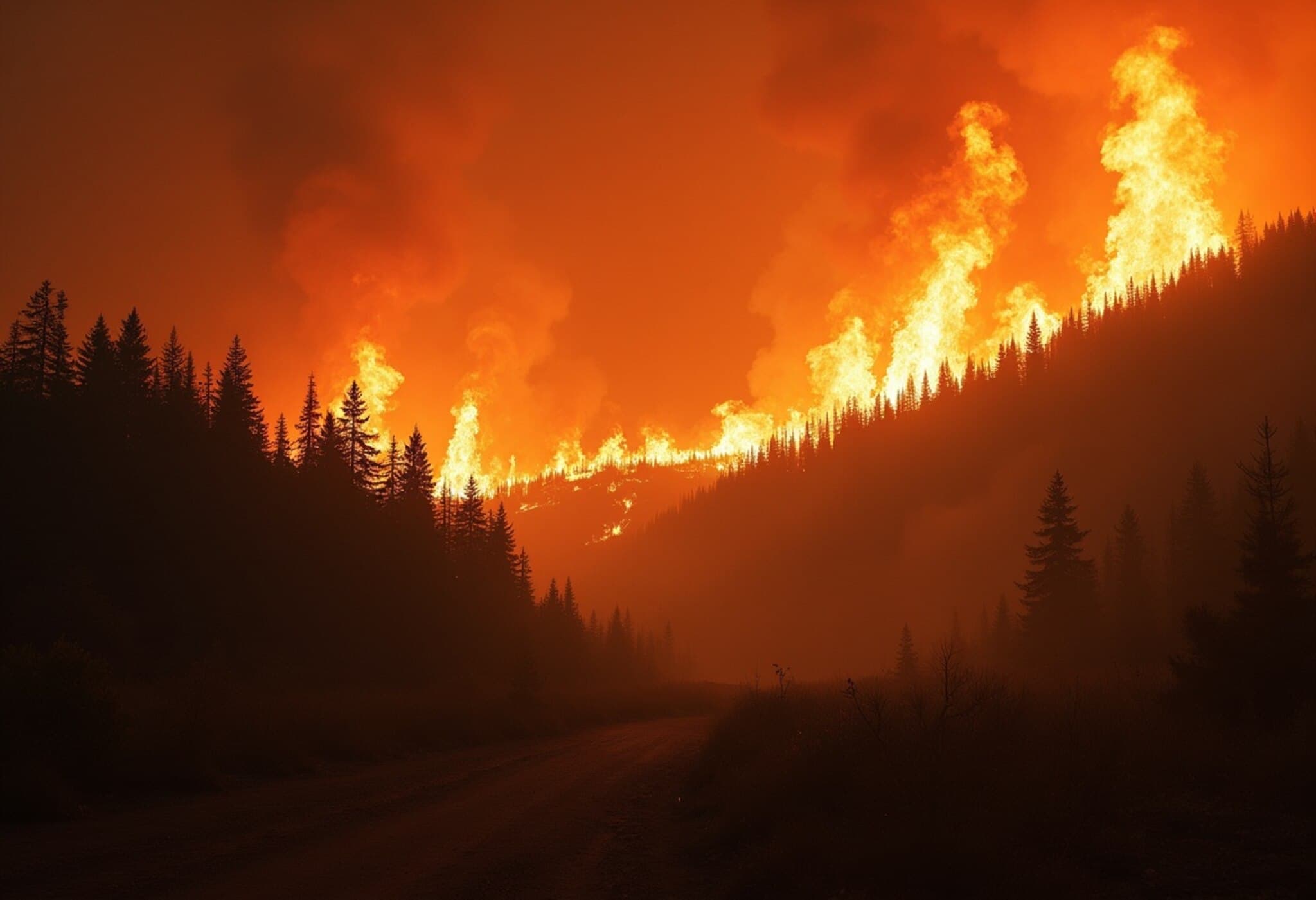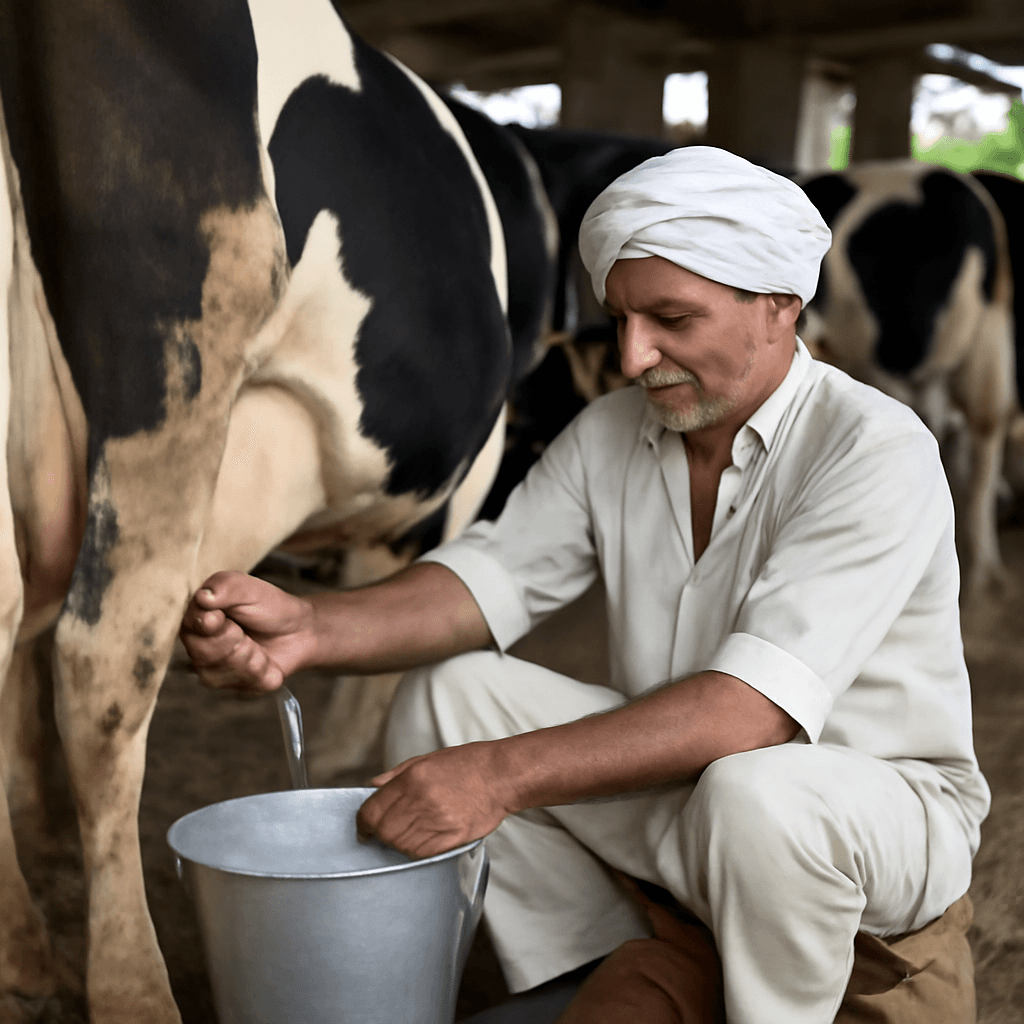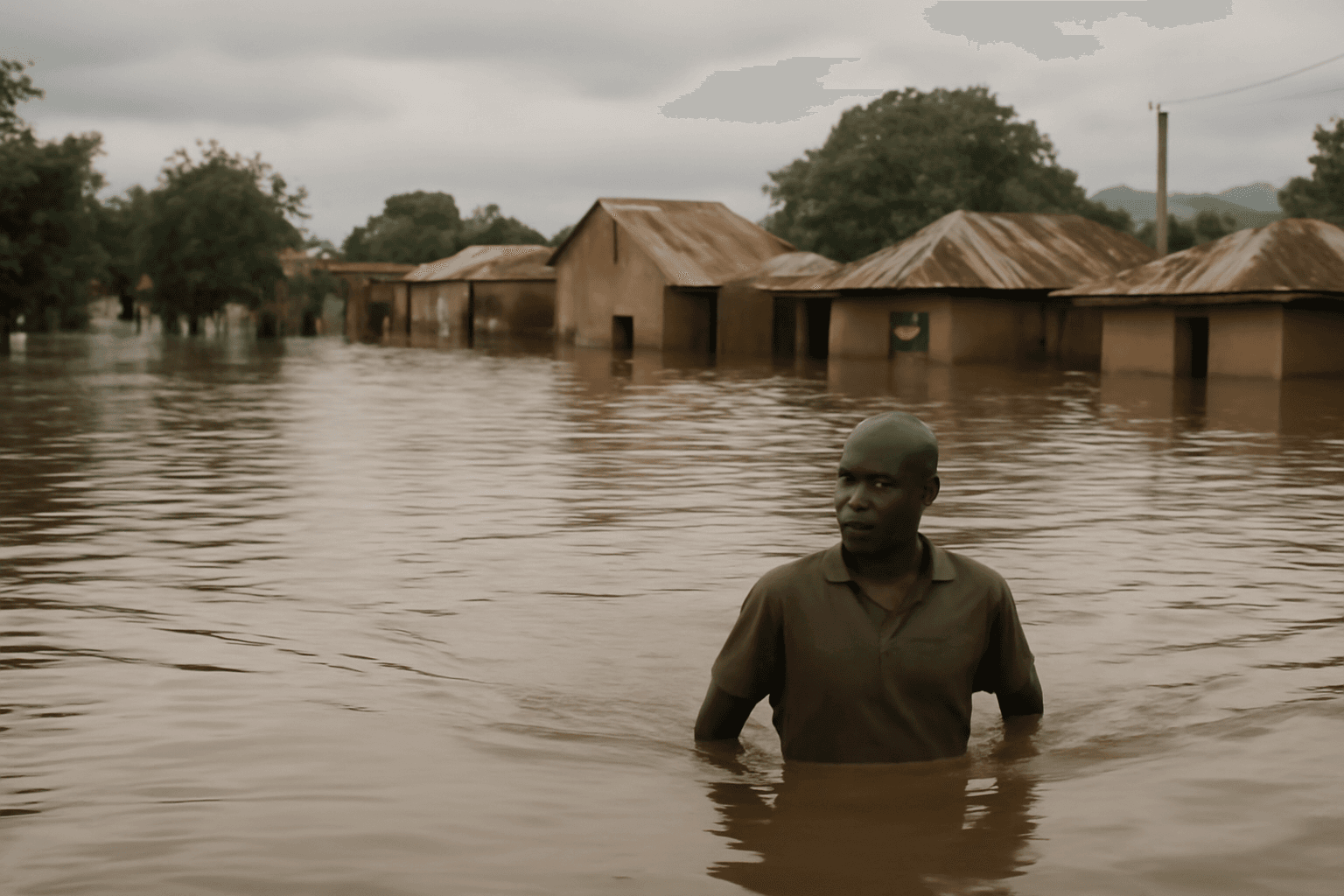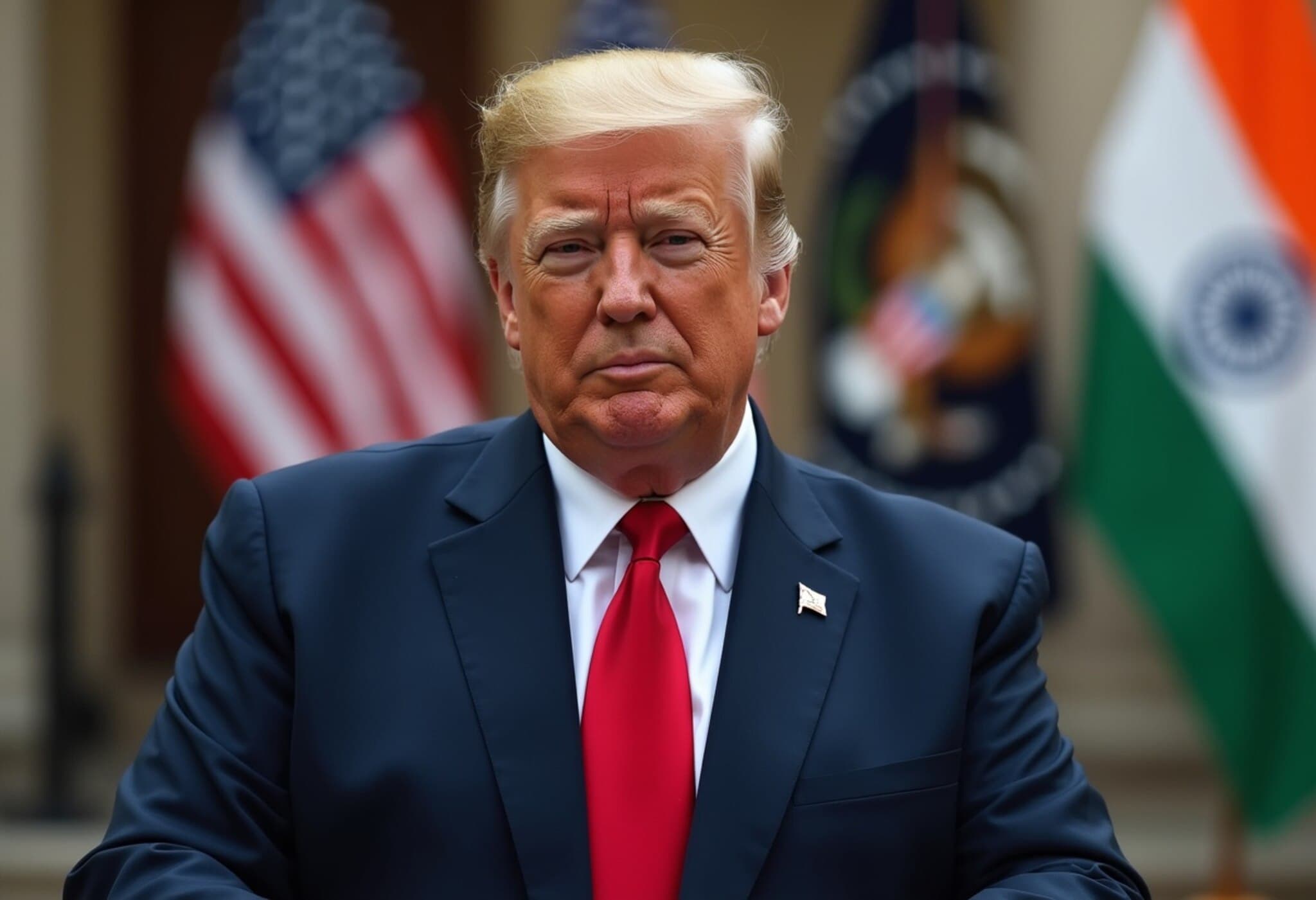World Bank Highlights Urgent Need for Climate-Resilient Infrastructure in Indian Cities
In a sweeping new report titled "Towards Resilient and Prosperous Cities in India," the World Bank, in partnership with India’s Union Ministry of Housing and Urban Affairs, has sounded an alarm on the escalating challenges facing the country’s rapidly urbanizing landscape. Indian cities, which are set to witness an explosion in population and economic activity over the coming decades, will require an estimated $2.4 trillion by 2050 to build infrastructure capable of withstanding the harsh impacts of climate change and urban pressures.
For policymakers, urban planners, and aspirants preparing for India’s civil services examinations, this report offers critical insights into the intersection of urban growth, climate vulnerability, and governance reforms.
Key Findings: Urban Growth and Climate Risks Intertwined
The report projects that India’s urban population will nearly double to 951 million by 2050, transforming cities into the pulse centers of employment with 70% of new jobs emerging within them by 2030. This meteoric pace of urbanization, however, is shadowed by two intensifying climatic threats: flooding and extreme heat.
Flooding: The Rising Threat from Climate and Urban Expansion
Climate change compounded by unchecked urban sprawl is set to increase stormwater-related flooding risks by 3.6 to 7 times by 2070. These floods, particularly pluvial flooding caused by overwhelmed drainage during heavy rainfall, are predicted to inflate annual economic losses from $4 billion (2023) to between $14–30 billion by 2070. This surge will directly affect up to 46.4 million people, exposing vulnerable communities to health hazards, displacement, and infrastructural damage.
Urban Heat Island and Amplified Heatwaves
The Urban Heat Island (UHI) effect—where dense concrete and asphalt trap heat—exacerbates extreme heat events. Heat-related deaths in Indian cities are projected to double to over 300,000 annually by 2050 without intervention. The report advocates proven mitigation strategies including shifting work hours, urban greening, early warning systems, and designing buildings with reflective cool roofs, which together could save more than 130,000 lives.
Understanding Urban Flooding: Types and Implications
- Pluvial flooding: Surface runoff when heavy rains surpass drainage and soil absorption capacity, intensified by impervious urban surfaces.
- Coastal flooding: Resulting from storm surges coinciding with high tides, made worse by rising sea levels due to climate change.
- Fluvial flooding: Overflowing rivers from intense precipitation or snowmelt impacting communities on floodplains.
India’s unique geographic challenges, including cloudbursts and Himalayan glacial lake overflows, add layers of complexity to urban flood management.
Governance at the Forefront: The Role of Urban Local Bodies
At the heart of effective urban resilience lies empowered governance. The 74th Constitutional Amendment Act of 1992 sought to strengthen Urban Local Bodies (ULBs), marking a decisive step toward decentralization. However, the report and experts like Auguste Tano Kouame, World Bank’s India Country Director, stress that many states have yet to fully implement these provisions.
ULBs, encompassing Municipal Corporations, Municipalities, and Nagar Panchayats, serve as the citizen’s immediate point of contact for essential urban services from sanitation to city planning. Yet, stretched thin, these bodies face enormous challenges in managing rapid urban growth and climate risks.
Historical and Constitutional Context
- The first municipal body was founded in Madras in 1687, setting a precedent during colonial times.
- Lord Ripon’s 1882 resolution institutionalized elected local self-governance, foundational for democratic urban administration.
- The 12th Schedule of the Indian Constitution delineates 18 critical municipal functions, mandating five-year democratic elections within urban wards.
- Although mayors act as ceremonial heads, executive authority chiefly lies with state-appointed municipal commissioners.
Policy Recommendations and Financing Strategies
The World Bank outlines ten strategic recommendations focused on:
- Enhancing private sector participation alongside public investment to widen financial bases.
- Developing clear financing roadmaps that prioritize climate adaptation and infrastructure resilience.
- Bolstering ULB capacities through standardized governance frameworks and technical assistance.
- Encouraging cities to conduct rigorous risk assessments and actively seek both public and private capital for mitigation initiatives.
India’s 2025–26 budget reflects an understanding of these needs by earmarking Rs 1 lakh crore toward initiatives like ‘Cities as Growth Hubs’ and water and sanitation improvements, signaling government commitment to sustainable urban transformation.
Expert Commentary: Urban Expansion Meets Climate Imperatives
“India stands at a crossroads,” says urban policy analyst Dr. Mira Kulkarni. “The dance between unplanned urbanization and climate change dictates the future of millions. The magnitude of investment is staggering, but so is the opportunity—to redefine Indian cities as resilient, inclusive, and green ecosystems.”
From an economic perspective, unchecked urban climate risks threaten not only lives but also the $ urban growth engine that sustains the nation's economy. Investing heavily now can yield exponential returns in reduced disaster losses, health costs, and enhanced productivity.
Beyond Numbers: The Human and Democratic Challenge
At its core, this report challenges India to rethink urban democratic governance. Empowering Urban Local Bodies with true autonomy to make and implement decisions is fundamental. Without genuine decentralization and citizen engagement, financial inflows risk becoming inefficient or misdirected, leaving vulnerable populations at risk.
Editor's Note
The World Bank’s report serves as a crucial beacon, outlining the immense financial needs and governance reforms essential for steering India’s urban future through turbulent climate realities. As cities balloon and temperatures soar, the urgent question remains: Will India’s political, economic, and civil society actors rise in coordinated action to safeguard millions of urban dwellers and preserve city ecosystems? This challenge is not merely infrastructural but also profoundly about democratic empowerment and sustainability.
For UPSC aspirants, policymakers, and urban stakeholders alike, this report offers essential learning and a call to scrutinize urban resilience as a multi-dimensional and urgent priority.

